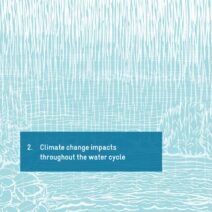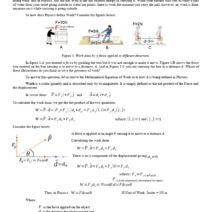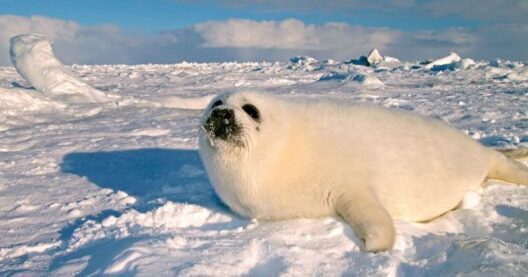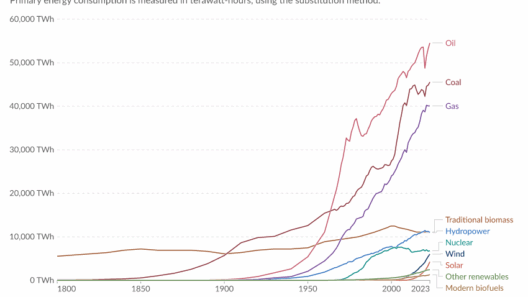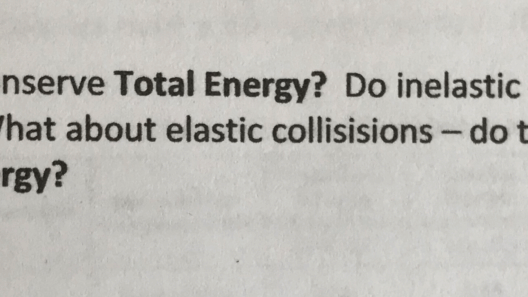Understanding the intricate interplay between friction and the conservation of energy is akin to deciphering a complex puzzle embedded within the laws of physics. At first glance, conservation of energy offers a reassuring principle—that energy can transform from one form to another, yet remains perpetually conserved within a closed system. However, lurking in the shadows is a nefarious force: friction. This often-overlooked factor operates akin to a stealthy thief, pilfering energy in various forms and leaving a trail of inefficiencies in its wake.
Friction manifests whenever two surfaces come into contact, generating a resistance that opposes motion. In essence, it acts as a barrier to the smooth flow of energy transfer, converting kinetic energy—the energy of movement—into heat energy through thermal dissipation. This transformation is not merely trivial; it transforms what could have been a fluid, efficient energy exchange into a sluggish struggle, ultimately resulting in a diminishment of useful work.
Consider the metaphor of a river flowing towards the sea. In a perfect world, the water would glide seamlessly, a depiction of energy conservation. However, introduce the concept of friction—represented by rocks and debris impeding the journey. This friction generates turbulence, transforming portions of the river’s energy into heat, thus thwarting the river’s ability to reach its destination efficiently. This imagery encapsulates the essence of how friction works within the realm of conservation of energy.
The first domain where friction rears its head is mechanical systems. Take, for instance, a simple machine like a pulley or a gear. While the idealistic model of these devices suggests that they can operate without loss, real-world applications reveal an entirely different story. Every turn of a gear or pull on a rope is accompanied by frictional forces that dissipate energy as heat. This inefficiency not only reduces the output of the machine but also necessitates additional energy input to sustain operation, creating a perpetual cycle of energy loss that can become a significant concern in industrial applications.
Even in the realm of vehicles, friction exerts its influence profoundly. Think of the tires on a car racing along the asphalt. While some friction is necessary for safe maneuvering, excessive friction has an insidious tendency to convert fuel’s energy into heat, thus reducing overall fuel efficiency. It becomes a relentless battle between the need for traction and the desire to minimize energy loss—the very essence of the conservation of energy principle being undermined by frictional forces.
In a more abstract sense, friction can be equated to the societal and systemic barriers that impede the efficient use of energy resources. Just as physical friction converts kinetic energy into useless heat, societal friction can transform potential advancements in energy technologies into missed opportunities. These barriers manifest as regulatory challenges, economic constraints, and societal resistance to change. Consequently, the conservation of energy becomes not just a physical principle but a metaphor for the energy conserved through societal cooperation and technological innovation.
Transitioning to natural systems, friction is an influential factor in determining the effectiveness of energy transformations in ecosystems. For instance, erosion processes involve the friction between soil particles and water, resulting in energy loss in the form of heat, yet productive ecosystems rely on these complex interactions. This delicate balance highlights the paradox of friction: it is necessary for certain ecological processes, yet it invariably leads to energy dissipation, exemplifying the duality of friction’s role within conservation of energy.
As we delve deeper into the consequences of friction, one must consider its impact on renewable energy systems. Wind turbines, solar panels, and hydropower facilities are designed to harness nature’s bounty and convert it into usable energy. Yet, the efficiency of these technologies is constantly challenged by frictional forces at play. For example, rotational friction in turbine blades dissipates energy that could otherwise contribute to electricity generation. Similarly, friction in electrical connections can lead to energy losses, showcasing that even cutting-edge green technologies are not immune to this ubiquitous energy thief.
The effects of friction compel a re-evaluation of how we allocate resources and approach energy efficiency. Educational initiatives about friction’s role can foster a culture of awareness and innovation, urging society to find ways to mitigate frictional losses. Research and technological advancements in materials science are now focused on creating lubricants and low-friction materials that can reduce energy dissipation. By addressing the stealthy thief of energy, society can deepen its understanding of conservation principles and enhance energy efficiency.
In conclusion, friction embodies the hidden energy thief that challenges the principles of conservation of energy across various domains—from mechanical systems to ecological interactions. While energy conservation is a comforting notion, friction’s inevitable presence introduces a layer of complexity that must be acknowledged and managed. Just as creatively navigating obstacles in a river’s course can enhance its flow, innovating solutions to frictional challenges can significantly bolster our energy conservation efforts. By confronting this invisible thief with intelligence and ingenuity, we can pave the way toward a more efficient and sustainable future, thus safeguarding the energy resources that shape our world.
